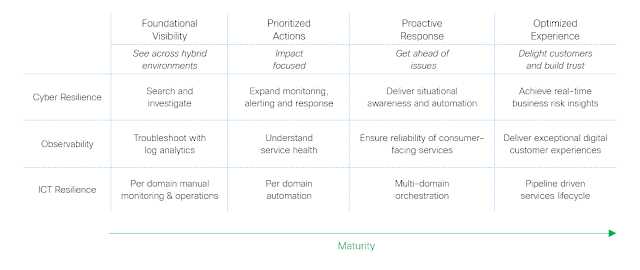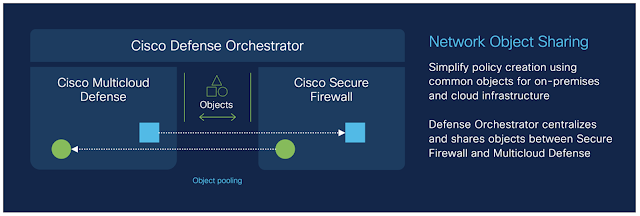Transforming the University on-campus digital experience
Recent discussions with education leaders and industry analysts show a rapidly evolving scenario in the ‘post-COVID era’, where universities face increasing pressure to enhance the on-campus experience for students, faculty, and staff. These stakeholders now have higher expectations for how they digitally engage with their institution, academic life, their peers, and the broader university community.
To meet these demands effectively, universities must modernize their physical and digital infrastructures by integrating Information Technology (IT) with campus facilities strategies. This integration enables leveraging technology to enhance resource and space management, create sustainable environments, foster dynamic teaching and learning, streamline administrative tasks, and provide well-being services through seamless digital interactions.
The integration of IT with campus facilities management not only optimizes operations but also enriches the overall experience for all stakeholders involved. Here are the priority drivers we have heard from education leaders for the Next Generation Campus:
Learning Spaces Physical and Digital Convergence
Physical and digital convergence in university campuses involves more than just offering physical spaces for academic and social activities. It encompasses providing robust connectivity, ensuring cybersecurity, and creating environmentally sustainable environments that promote collaboration, innovation, and well-being. This convergence extends beyond traditional areas like lecture theatres, libraries, and laboratories to include non-traditional learning spaces such as canteens and other open spaces where students can access online course materials, engage in social media, and interact with peers and instructors on and off campus.
Improving User Experience
The campus plays various roles for students, serving as a place to access specialized equipment and a hub for social connection with peers and the institution. Beyond education, living and working on campus are significant aspects of college or university life. Integrating the IT network with campus facilities management enhances the experience for students, faculty, and staff by simplifying tasks and minimizing obstacles. Digital wayfinding systems facilitate navigation through campus buildings, while smart scheduling platforms streamline room reservations and event planning. These technological enhancements simplify tasks, minimize obstacles, and foster a more positive and productive campus experience.
Using Data to Maximize Space and Resource Utilization
Integrating IT infrastructure with campus facilities management generates a wealth of data that can inform strategic planning and decision-making processes. By utilizing the WI-FI network to capture data, universities can gain real-time insights into utilizing campus facilities, analyzing trends in space usage, energy consumption, and facility maintenance. This data empowers informed decision-making on space allocation, usage patterns, and resource optimization. Moreover, predictive analytics can anticipate future needs and challenges, enabling proactive interventions and risk mitigation strategies.
Enhancing Operational Efficiency
Integrating IT with campus facilities management streamlines administrative processes, enhancing efficiency and cost-effectiveness. This integration automates tasks such as remote working for administrative staff, contact center operations, room bookings, and maintenance requests. By reducing manual workloads and improving response times, digital systems optimize resource allocation, minimize overhead costs, and promote agility and responsiveness within the institution.
Supporting Sustainability Initiatives
Digital technologies play a crucial role in supporting sustainability initiatives on campus. Smart IoT sensors in the IT network for energy management systems optimize HVAC controls, lighting schedules, and power usage, reducing carbon emissions and energy costs. Additionally, digital tools facilitate waste management and recycling efforts, promoting sustainability awareness among the campus community.
Enhancing Safety and Security
Integrating IT with campus facilities management strengthens safety and security measures on campus. Digital signage, surveillance systems, access control mechanisms, and emergency notification platforms leverage digital technologies to monitor and respond to potential threats effectively. These systems enhance campus safety by providing real-time insights, communication capabilities, and peace of mind for students, faculty, and staff.
How Cisco Can Help
The integration of IT and campus facilities strategies represents a paradigm shift for universities to transcend traditional silos and foster a holistic approach to optimize campus operations and enhance the student experience. At the heart of this integration lies a reliable, secure, and connected digital infrastructure providing real-time insights into how physical spaces are utilized and services delivered. With combined IT and facilities strategies, universities can create smarter, more sustainable, and student-centric campus environments, with tangible benefits for operational enhancements and brand reputation.
Source: cisco.com






















